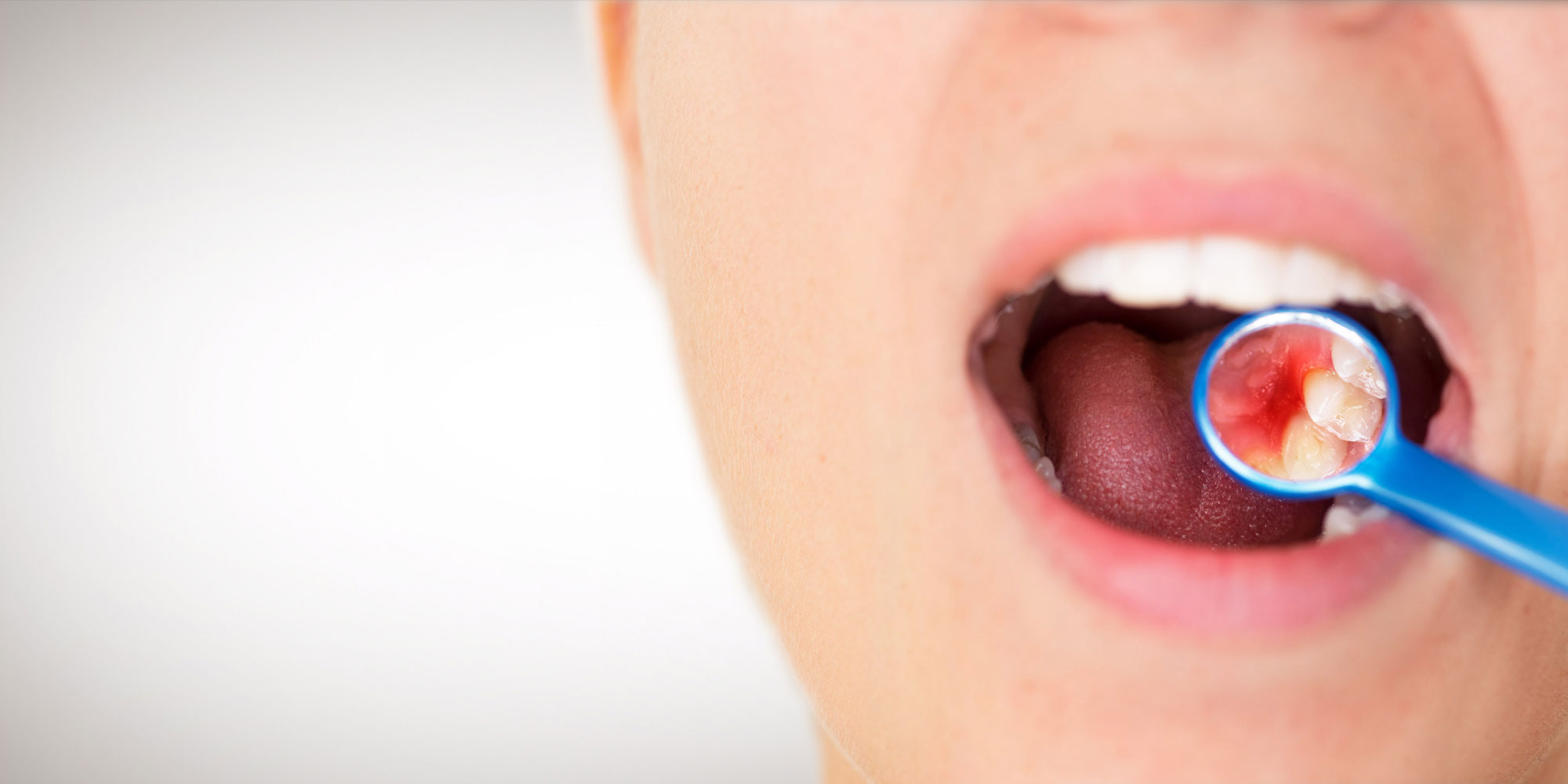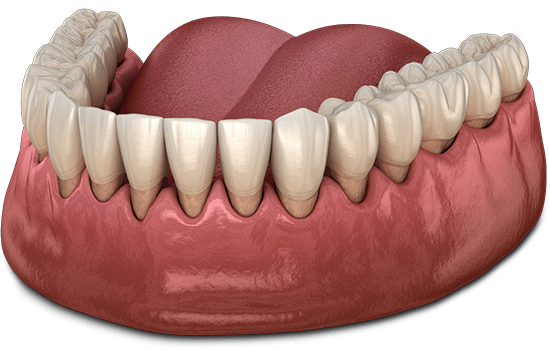
Periodontics - Plymouth, MN
Rebalance Your Gums and Your Health Regain Better Soft Tissue Health
Schedule NowPeriodontics for Common Gum Problems

Benefiting from Better Gum Health
- Reduced risk of decay and infection
- Preserve oral structures after gum disease
- Restore healthy gum function
- Improve natural soft tissue aesthetics
- Maintain good oral health
- Reduce risk of systemic complications

Targeted Periodontal Treatment
Scaling & Root Planing
Most effective in earlier stages of gum disease, scaling and root planing is a deep cleaning of the gums. Scaling removes the bacterial plaque and calculus from along the gum line and the teeth to reduce inflammation. Root planing smooths the surfaces of the teeth to reduce plaque accumulation and help healthy tissues reattach around the teeth.
Gingivectomy
When gum disease has caused gums to pull away from the teeth and leave deep pockets, it may no longer respond to a deep cleaning. A gingivectomy reshapes or removes the loose, infected gum tissues to reduce the pocket depth between the teeth and gums. Preventing gum disease from progressing past this stage can reduce the risk for further damage to your gums, teeth, and bone.
Laser Gum Surgery
A diode dental laser can be used in place of conventional methods to perform a gingivectomy. Instead of a cut-and-sew technique, laser gum surgery uses the gentle, yet powerful laser energy to vaporize diseased gum tissues. This energy also aids in creating a fibrin clot in the pockets to promote faster and healthier healing of the tissues around the teeth.
Osseous Surgery
Advanced periodontitis, the most dangerous stage of gum disease, requires gum surgery to remove all bacterial plaque and calculus from beneath the gum line. This surgery requires a small incision to be made in the gums so they can be pulled away to access the infected areas. The pockets are cleared of plaque and calculus, then sanitized. Gums are then sutured to reduce pocket depth and allowed to heal.
Periodontal Maintenance
Periodontal maintenance after gum disease treatment helps prevent re-infection and promote the long-term health of your gums, bone, and teeth. These deep cleanings every 3-5 months involve removing plaque and calculus accumulation from the teeth at and below the gumline. Visits also include an evaluation of gum health, including signs of inflammation or bleeding.
Crown Lengthening
Too much gum tissue that shows when you smile, known as a “gummy” smile, can cause both cosmetic and functional concerns. Crown lengthening removes the excess of tissues while reshaping the remaining gums to arch more symmetrically over each tooth. Bone may also be modified to create the most attractive tooth-to-gum ratio and a more balanced smile.
Peri-Implantitis
Infection that develops around a dental implant resulting in gum tissue and bone loss (peri-implantitis) needs surgical intervention to prevent implant failure. Peri-implantitis treatment is like gum disease therapy, involving the removal of bacterial plaque and calculus from the pockets around the implant. Advanced cases may require bone grafting to restabilize the implant and reduce pocket depth.
Frenectomy
The frenulum is a muscular tissue that connects the upper lip and the tongue to the mouth. Any abnormalities in its size, position, or tension can result in functional problems associated with chewing, swallowing, and speaking (tongue) or gum recession, inflammation, or a gap between two front teeth (upper lip). Tongue-tie and lip-tie can be released through a surgical procedure called a frenectomy that modifies or removes the frenulum.

